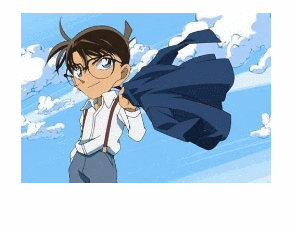
The content of this article is about how to use css to achieve the effect of flipping images (with code). It has certain reference value. Friends in need can refer to it. I hope it will be helpful to you.
The specific renderings are as follows:

In addition to 3D flipping and positioning, the main technology used also uses a new attribute backface-visibility: visible|hidden;
This attribute is mainly used to set whether the back side of the element is visible.
The specific steps are as follows:
1. Write the main body of the page,
<div> <img src="Images/b.jpg" alt=""> <img src="Images/c.jpg" alt=""> </div>
2. Make the two pages Pictures are superimposed together
div img {
width: 250px;
height: 170px;
position: absolute;
top: 0;
left: 0;
transition: all 1s;
}3. Set the back side of the first picture to be invisible
div img:first-child {
z-index: 1;
backface-visibility: hidden;
}4. Add rotation of 180 degrees
div:hover img {
transform: rotateY(180deg);
}Finally give the complete code
<!DOCTYPE html>
<html>
<head>
<meta charset="UTF-8">
<meta name="viewport" content="width=device-width, initial-scale=1.0">
<meta http-equiv="X-UA-Compatible" content="ie=edge">
<title>Document</title>
<style>
/* backface-visibility */
div {
width: 250px;
height: 170px;
margin: 100px auto;
position: relative;
}
div img {
width: 250px;
height: 170px;
position: absolute;
top: 0;
left: 0;
transition: all 1s;
}
div img:first-child {
z-index: 1;
backface-visibility: hidden;
}
div:hover img {
transform: rotateY(180deg);
}
</style>
</head>
<body>
<div>
<img src="Images/b.jpg" alt="">
<img src="Images/c.jpg" alt="">
</div>
</body>
</html>The above is the detailed content of How to use css to achieve the effect of flipping images (code attached). For more information, please follow other related articles on the PHP Chinese website!